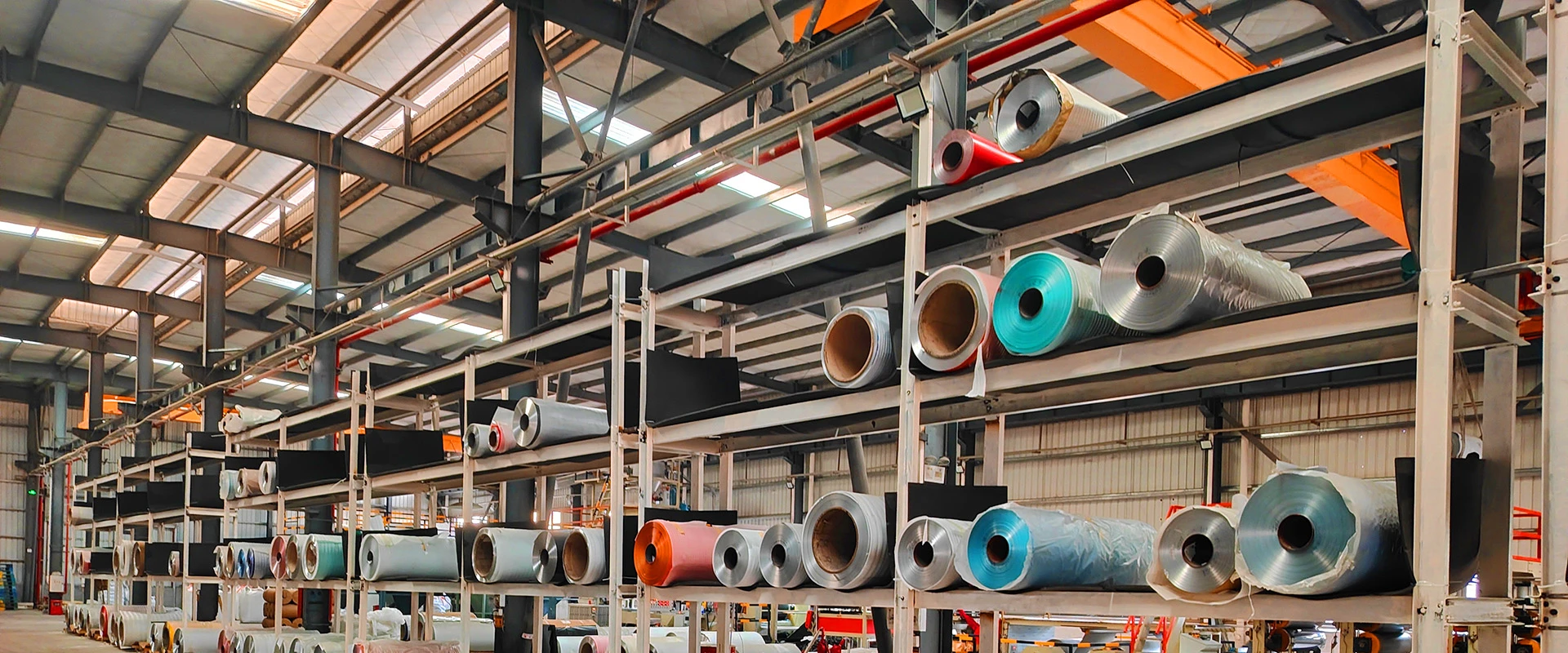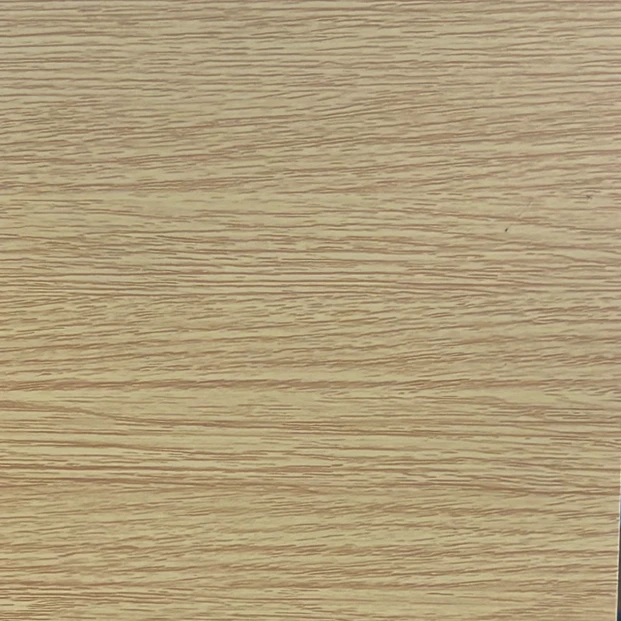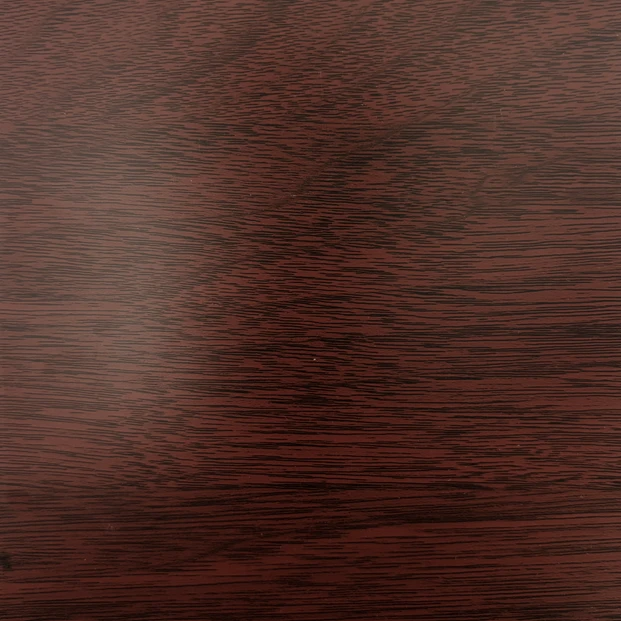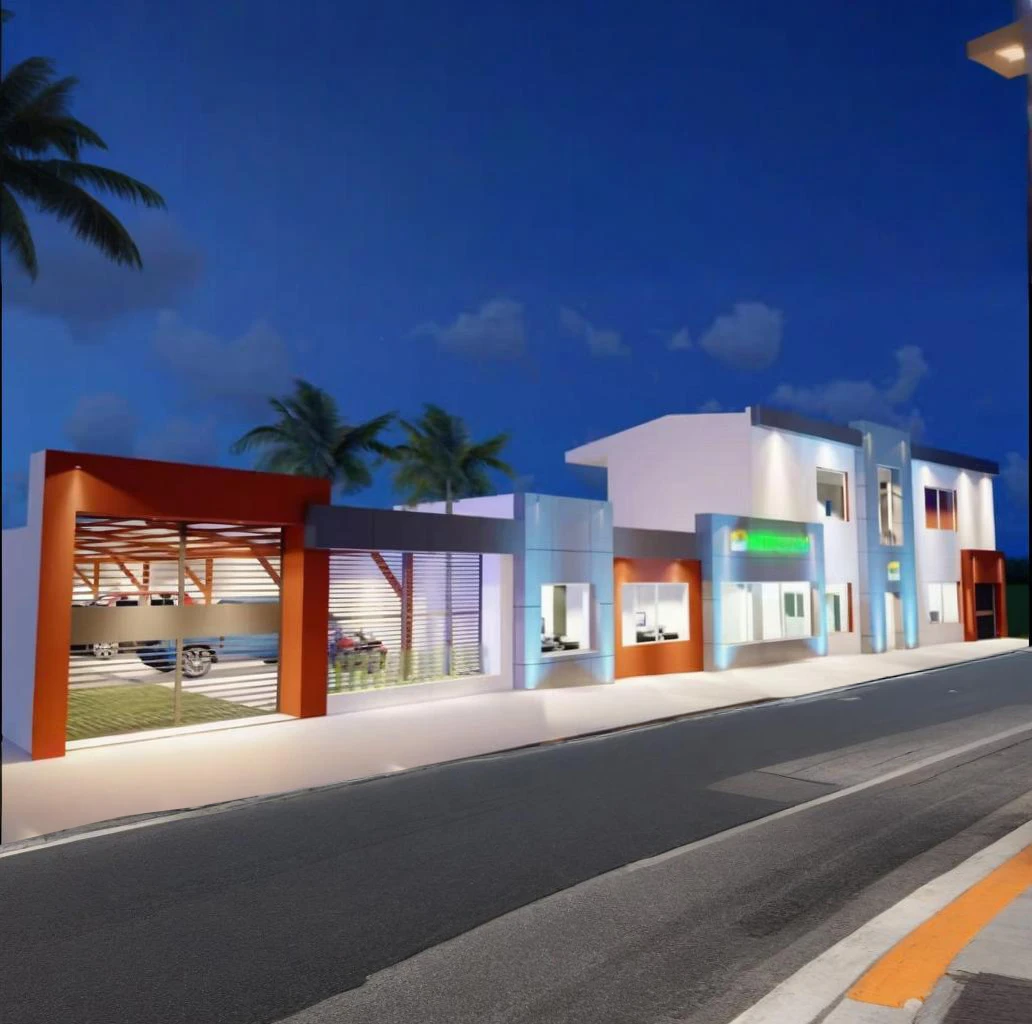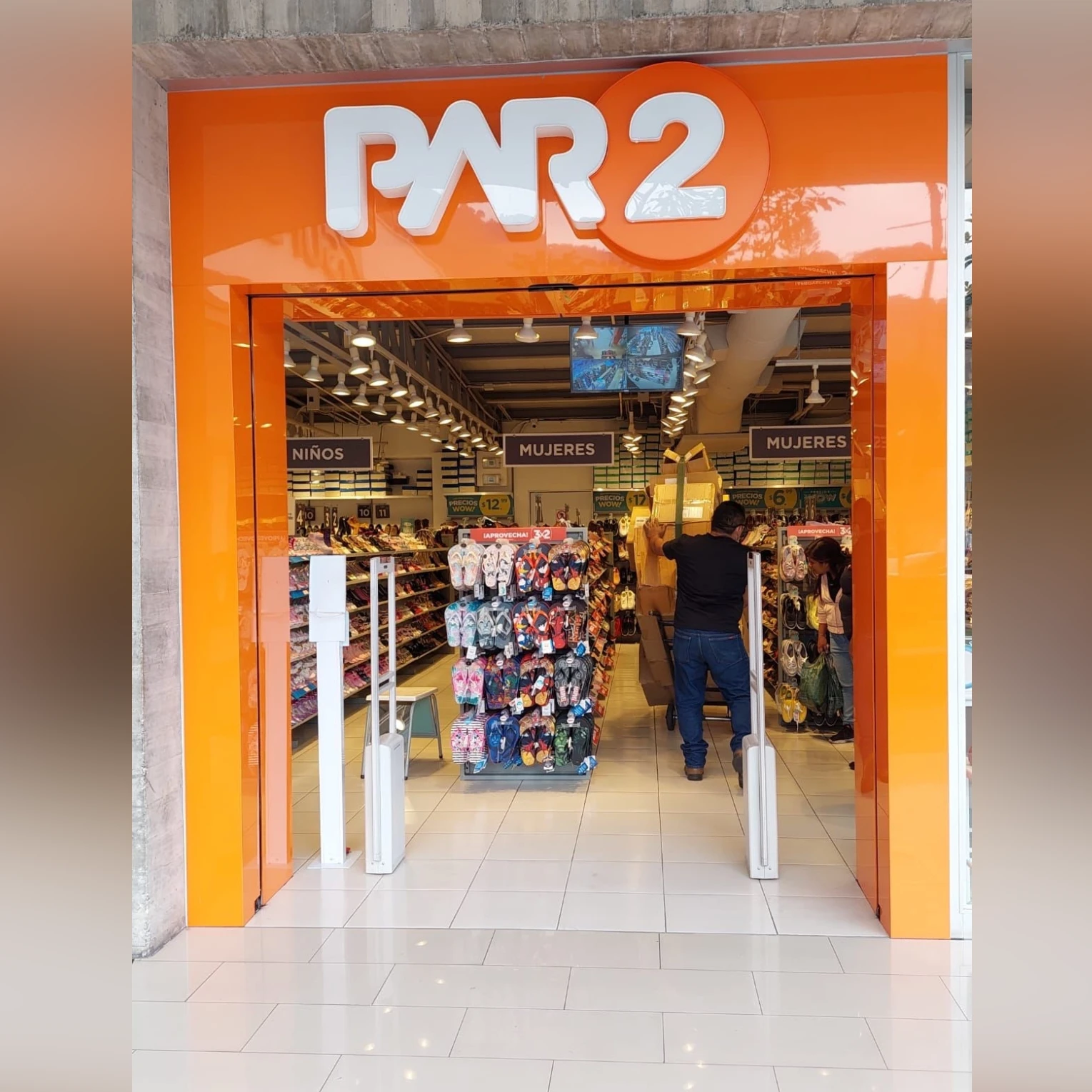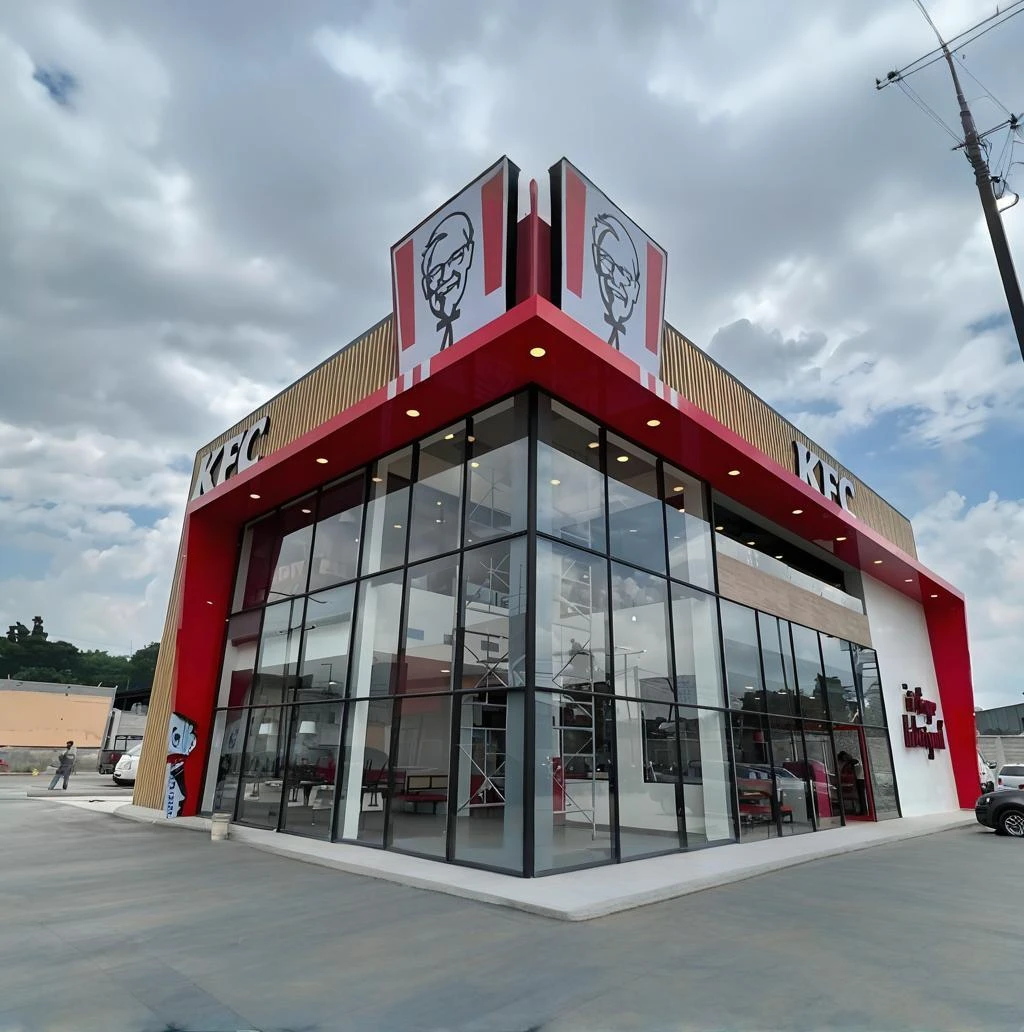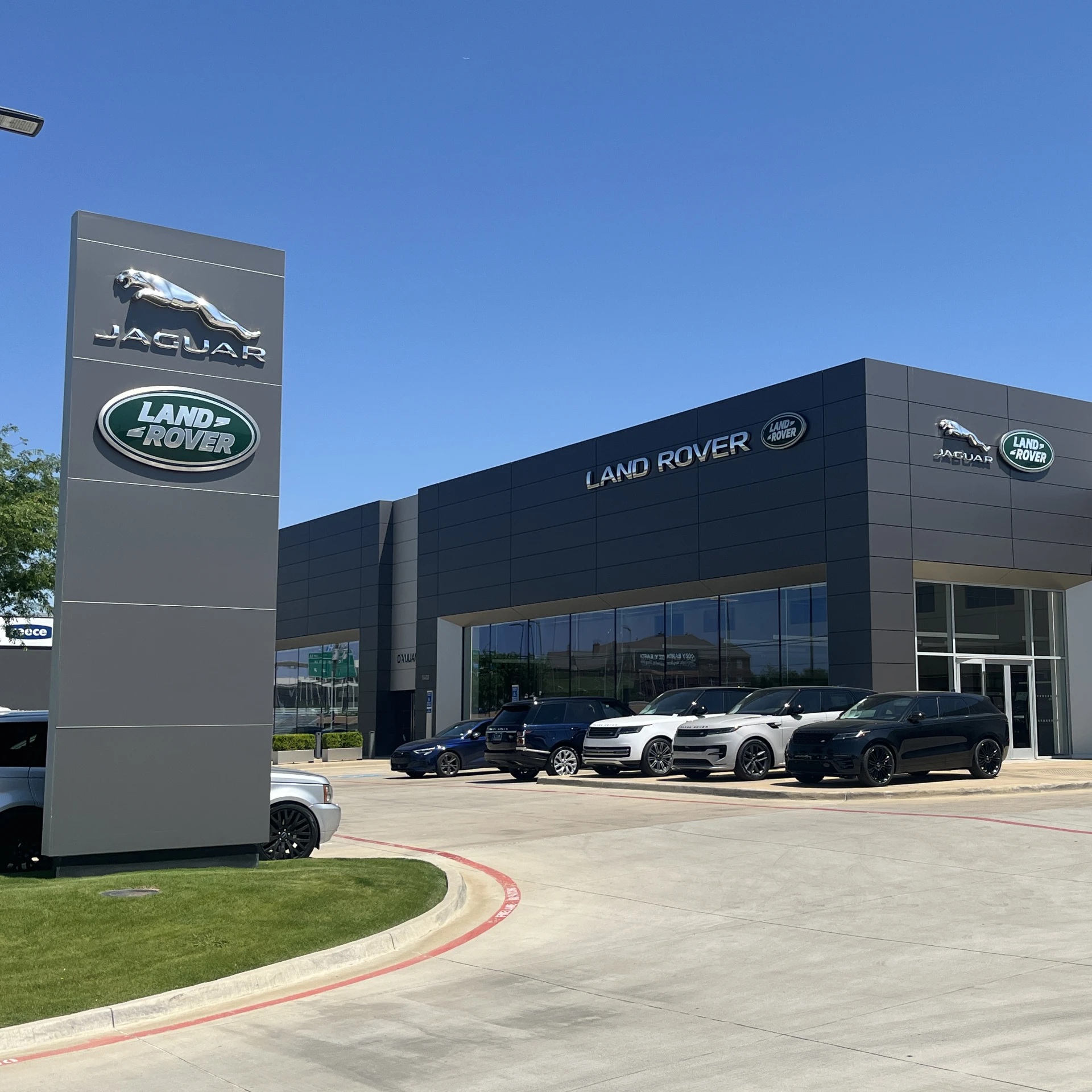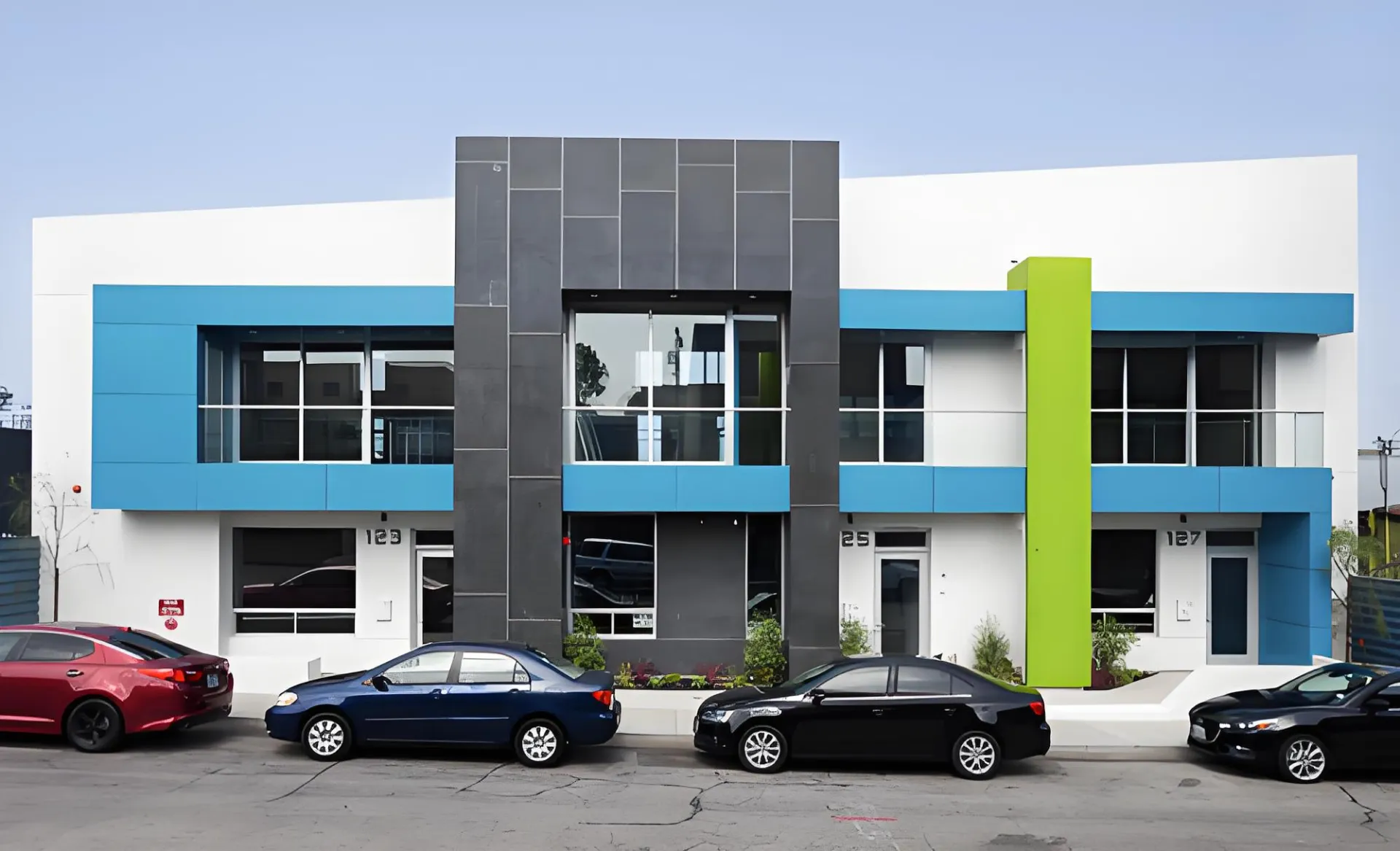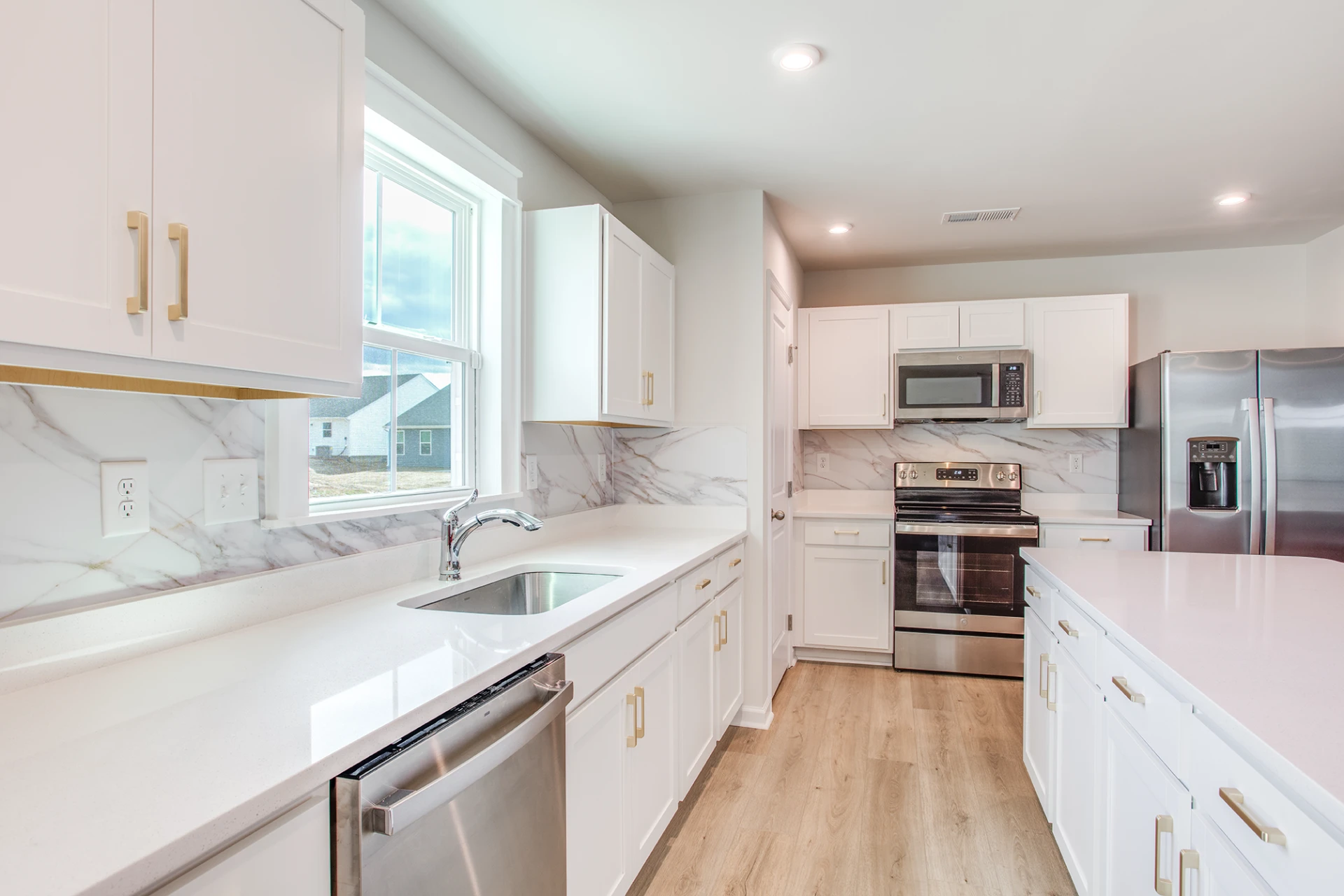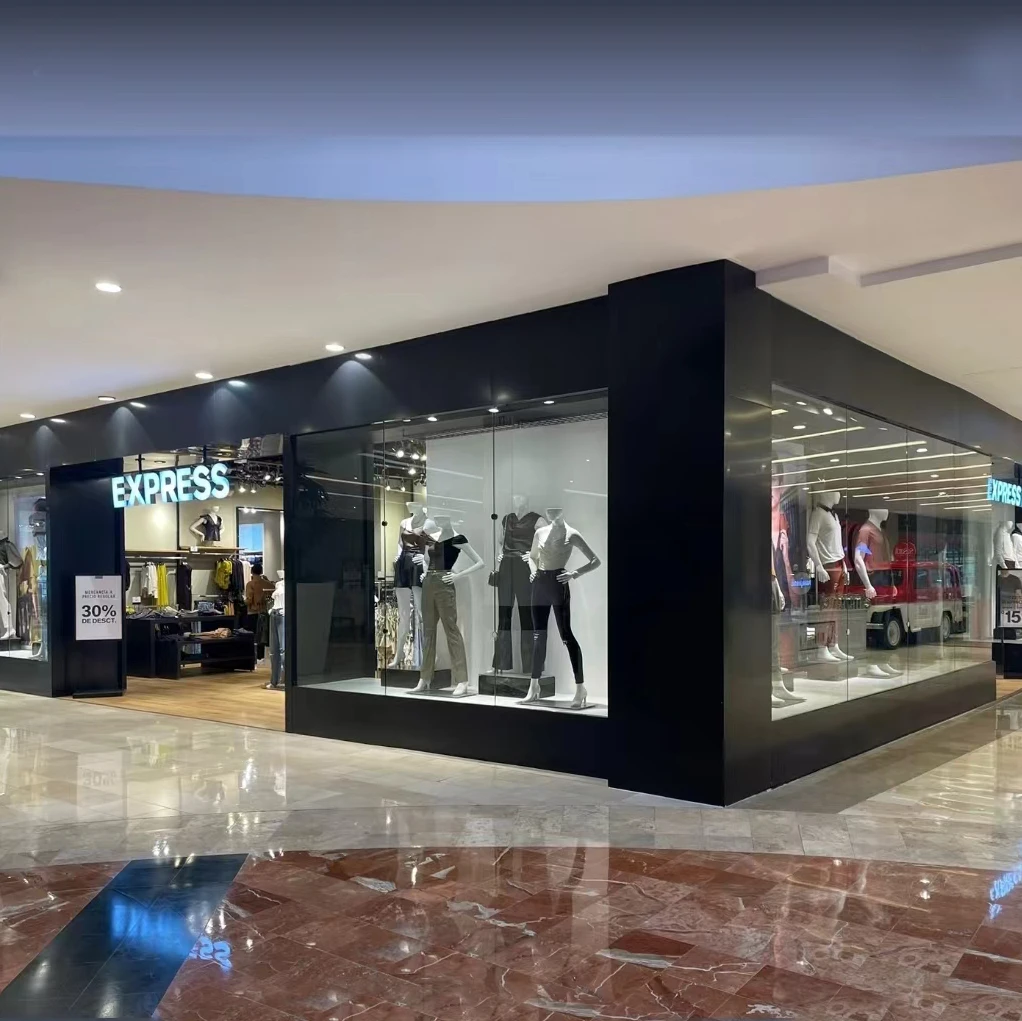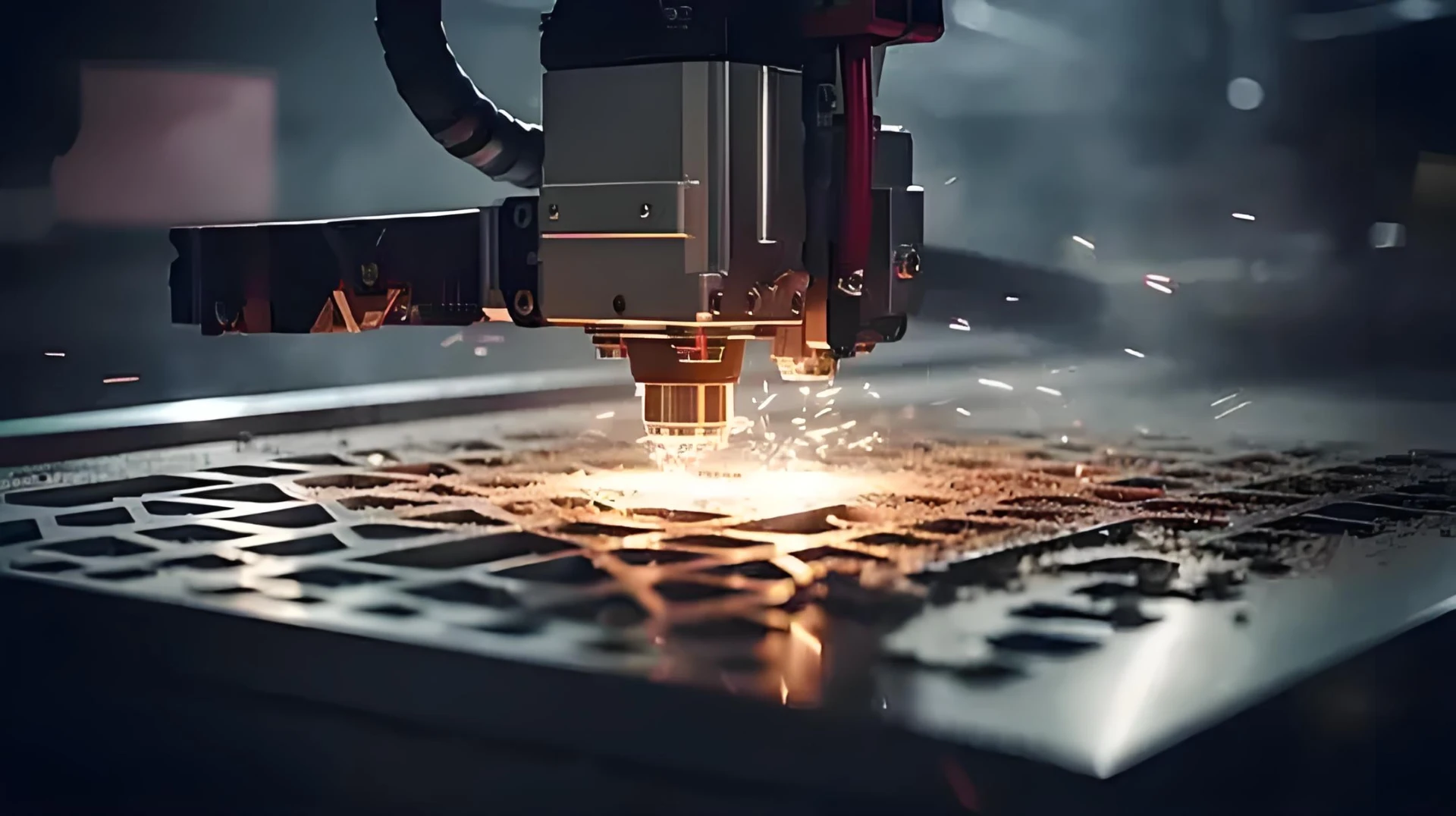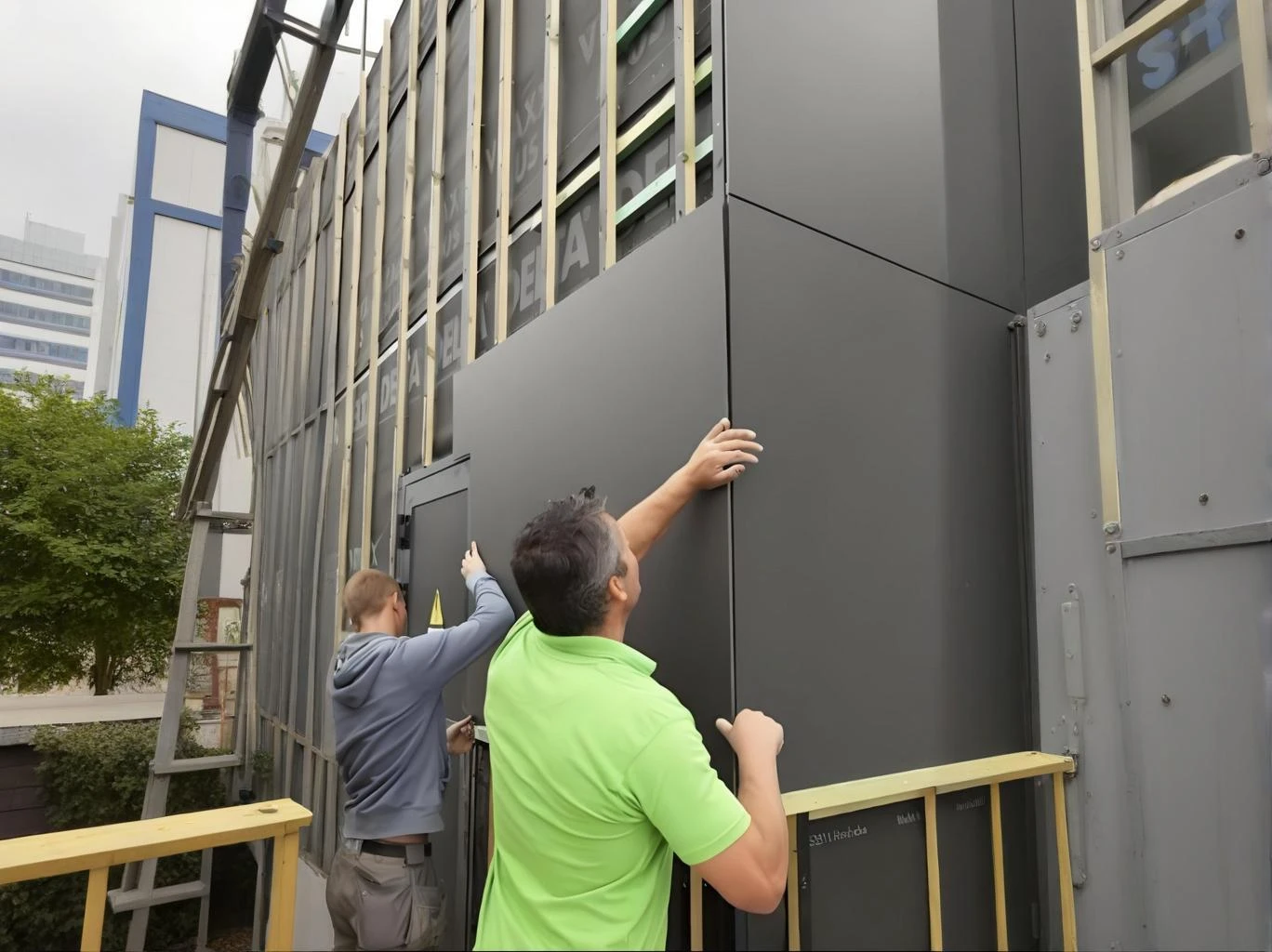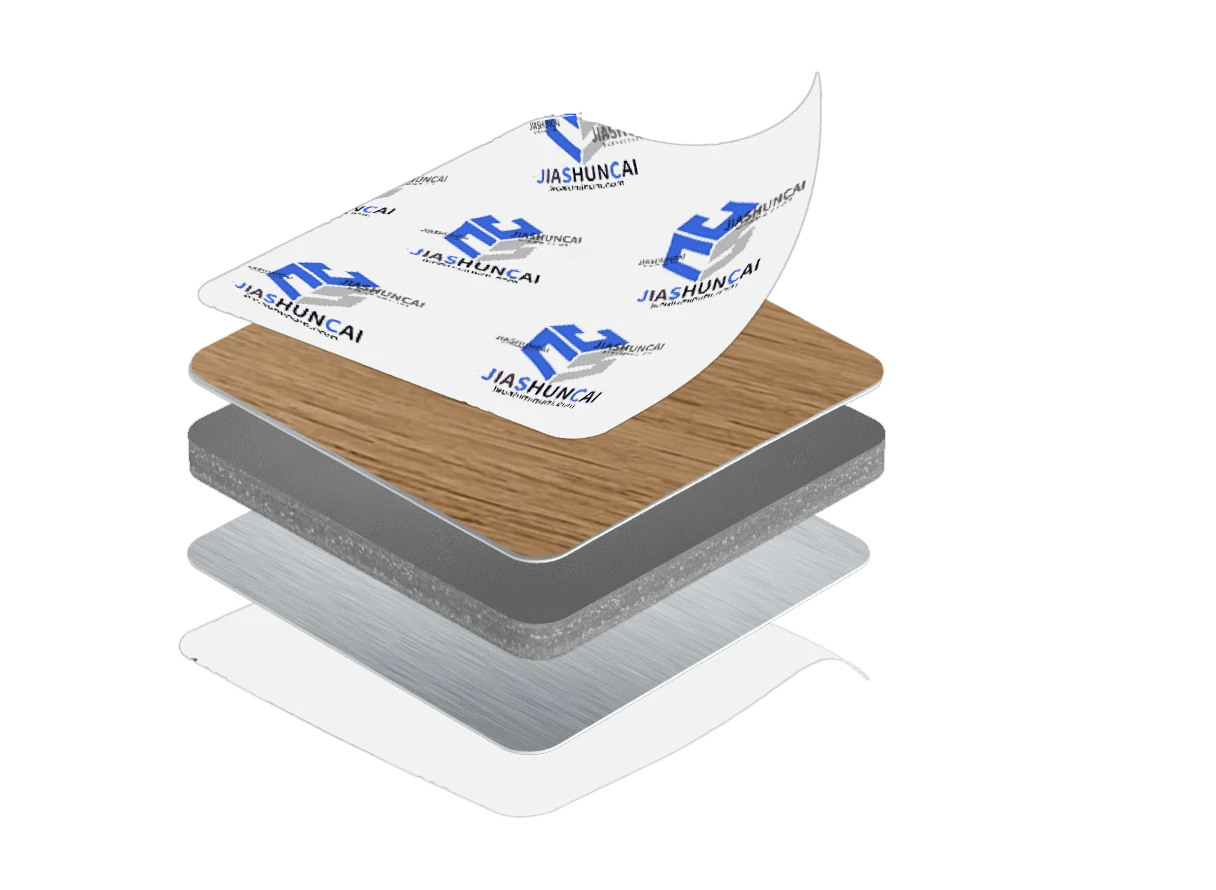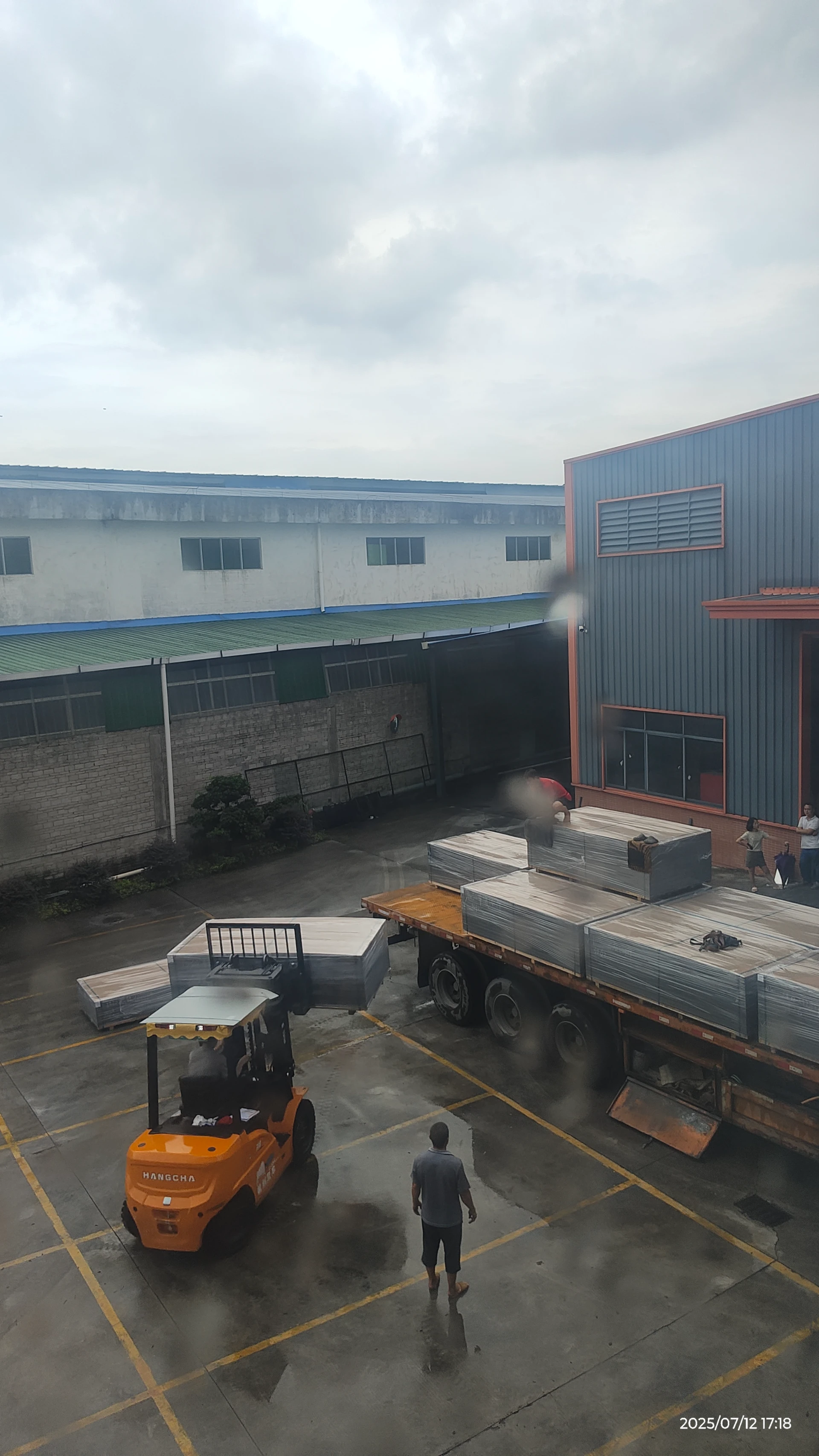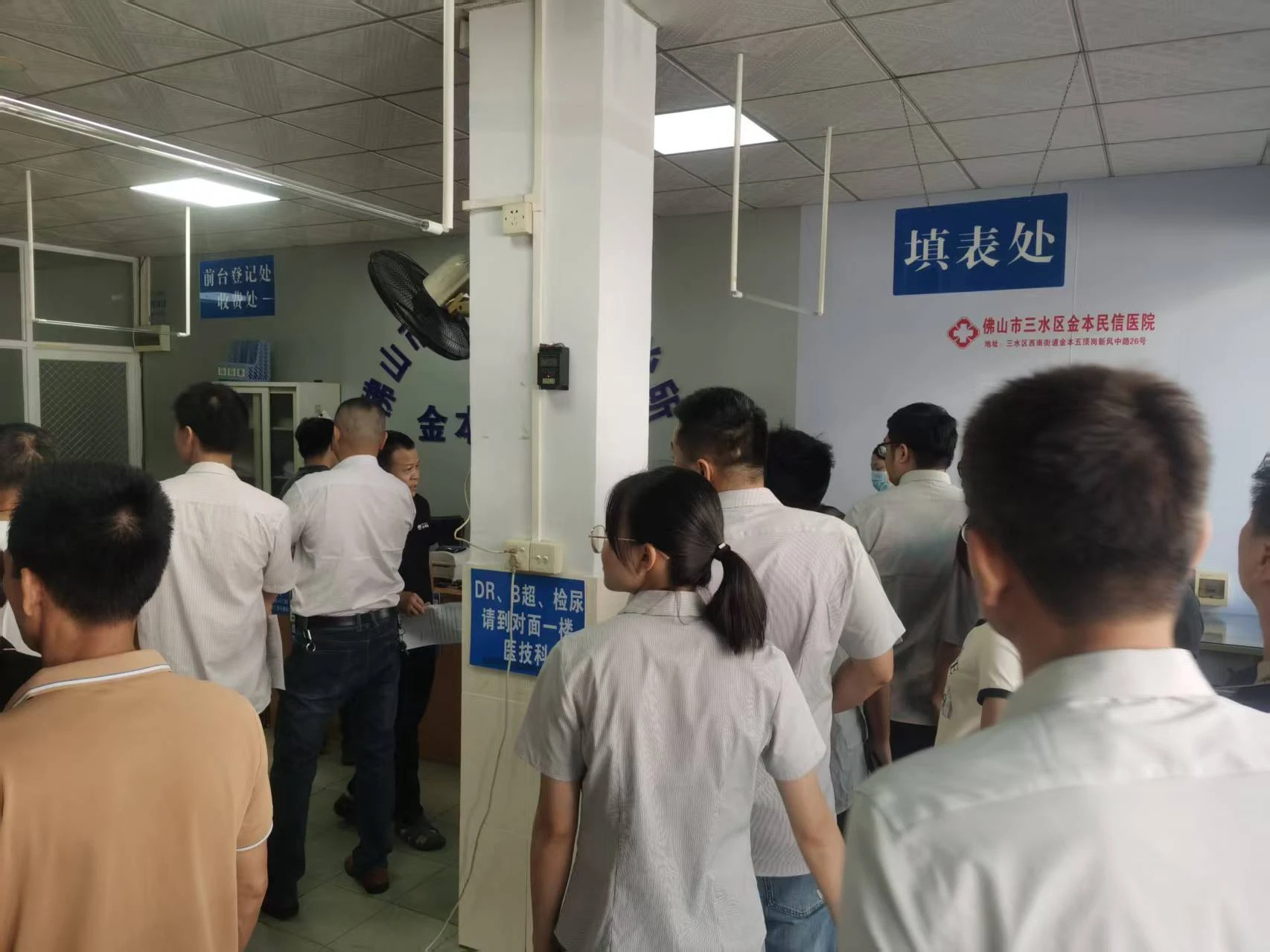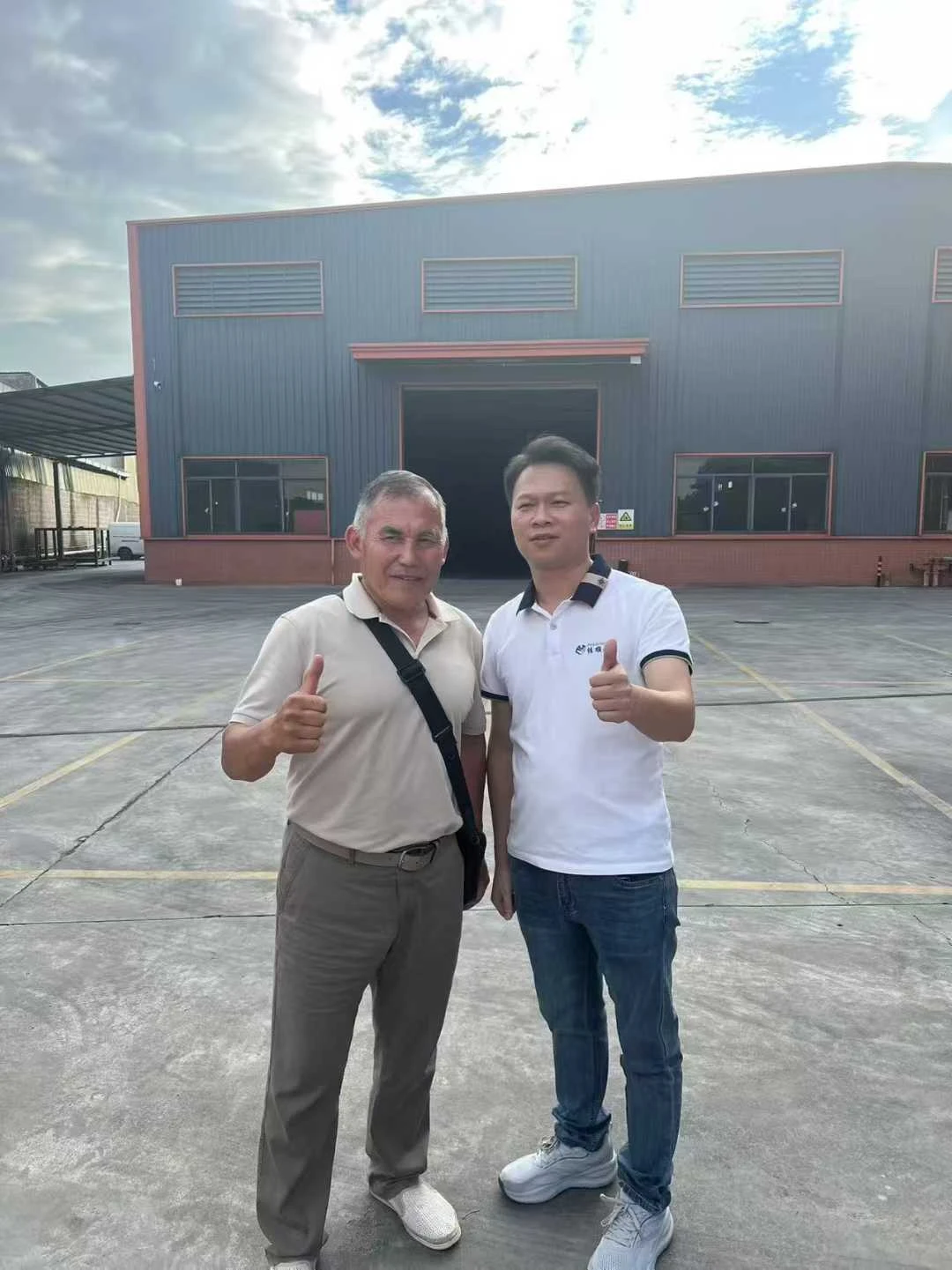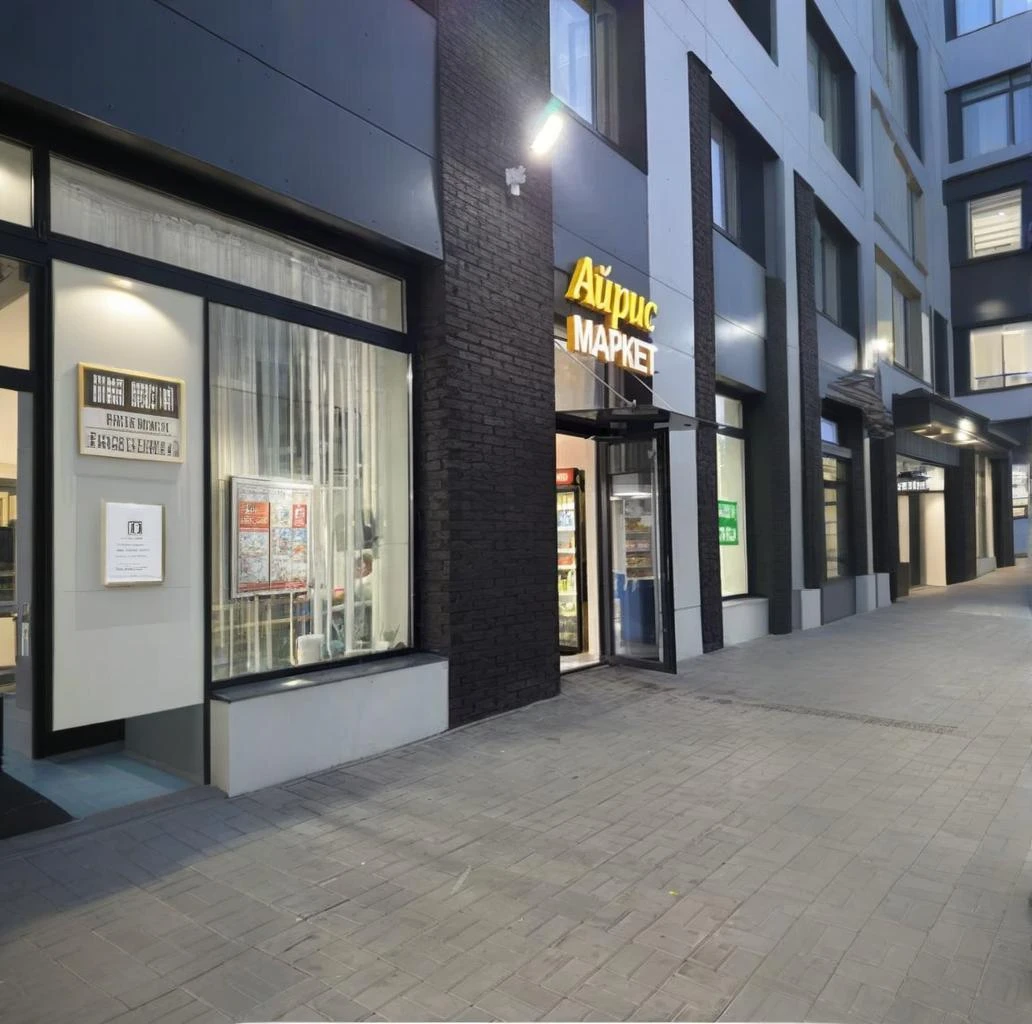Detalles do produto
The yellow oak veneer layer replicates the fine texture of natural wood using high-precision printing technology, preserving the warmth of the brownish-yellow tones and the growth rings. It gives aluminum composite panels a visual effect similar to real wood while avoiding the defects of wood such as cracking and rotting. This design language integrates natural elements into industrial building materials, achieving a dialogue between tradition and modernity. The aluminum base material of the aluminum composite panel contrasts with the cool metallic sheen, emphasizing the rational characteristics of industrial aesthetics. For example, high-gloss yellow oak aluminum composite panels reflect subtle metallic light under sunlight, balancing the softness of the wood grain with the technological feel of the architecture. The lightweight and high-strength properties of the aluminum composite panel (bending strength ≥ 109 MPa) support irregular cutting and bending processing. The yellow oak veneer can extend over curved surfaces without breaking, making it suitable for complex forms such as double-curved facades and arched eaves. For instance, the exterior wall of a certain cultural center uses wavy yellow oak aluminum composite panels to simulate the fluidity of a forest. The surface fluorocarbon coating provides UV resistance and acid-base corrosion resistance. The yellow oak color has been specially formulated to maintain its hue for over 10 years, adapting to coastal high-salinity environments or extreme cold conditions. Compared to real wood, maintenance costs are reduced by more than 80%. By simulating wood, the consumption of forest resources is reduced, and the core material of the aluminum composite panel has a recyclability rate of over 70%, meeting LEED green building certification standards. Some products use formaldehyde-free core materials, further reducing carbon emissions. The matte or brushed surface of the yellow oak veneer can soften natural light, reducing glare from glass curtain walls. At night, combined with linear lighting design, it can present the warm texture of wood contrasting with the cold outline of metal. In rural renovation or cultural tourism projects, yellow oak aluminum composite panels can connect with the traditional wooden architectural heritage. For example, the visitor center of a certain ancient town uses aluminum composite panels with simulated mortise-and-tenon joints on the exterior wall, echoing regional characteristics while meeting modern fire safety regulations. Emotional atmosphere creation in commercial spaces Cafés, bookstores, and other settings convey a natural and relaxed ambiance through yellow oak aluminum composite panel walls. The metallic properties also allow integration with smart lighting systems, enabling digital adjustment of spatial emotions.

